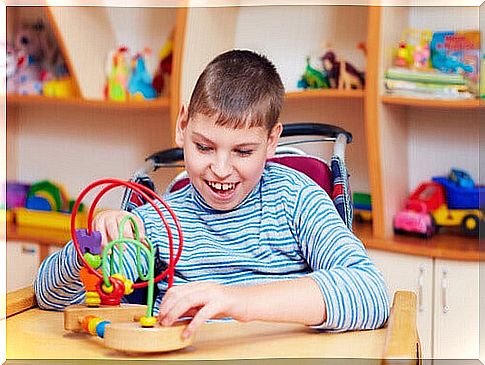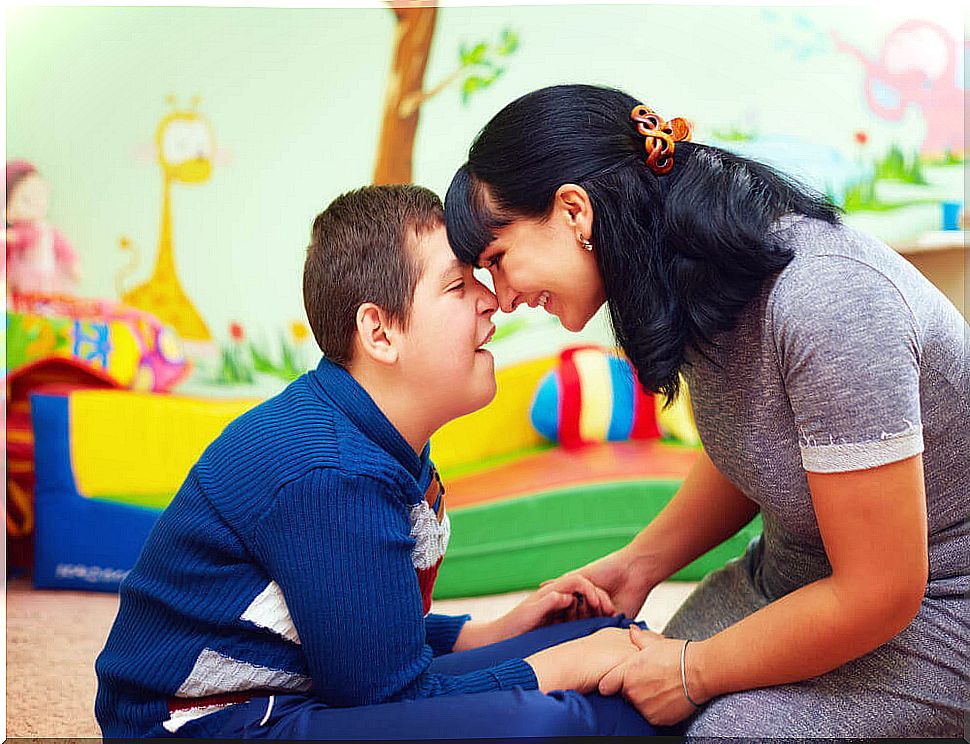Autism Or Autism Spectrum Disorder
Autism or autism spectrum disorder (ASD) refers to a series of characteristics conditioned by an individual’s behavior to develop social skills, non-verbal communication, repetitive behaviors, as well as unique strengths and differences.
Autism is a complex neurological disorder. A person with autism spectrum disorder loses the ability to relate and communicate with others.
The most obvious signs of autism usually appear around 3 years of age. If your child manifests a developmental delay associated with autism, we suggest seeking professional guidance as soon as possible, as the early intervention is important.
Symptoms of autism spectrum disorder

Symptoms of autism spectrum disorder vary in presentation and severity. Individuals with autism may show an intellectual disability, although some others have normal intelligence.
They may also have motor disturbances, sleep disturbances, seizures, immune dysfunction, and sensory disturbances. These characteristics are not always present in all cases. That is why an in-depth evaluation is crucial.
- 6 months of age : does not show social smiles or other types of cheerful expressions directed at people. Maintains limited or no eye contact.
- 9 months : no exchange of vocal sounds or other non-verbal communication.
- 12 months : absence of babbling. He does not smile. He still does not manifest vocal sounds. He does not use gestures to communicate such as pointing. Does not respond to name when called.
- 16 months : remains speechless.
- 24 months : no meaningful two-word phrases. Some at this age lose any babbling or social skills they have previously acquired.
Diagnosis

The causes of ASD are not known. Research suggests that genes and some environmental factors play an important role.
During regular check-ups, the pediatrician examines the child’s development. If you find signs of ASD , a more thorough evaluation will take place. This includes a series of tests and evaluations to reach a definitive diagnosis.
Autism is diagnosed according to the guidelines set forth in the manual of the American Psychiatric Association . According to this manual, a diagnosis of autism implies deficiencies in these areas:
- Communication.
- Social interaction.
- Repetitive patterns of behavior and interests.
The type and degree of autism symptoms fall on the so-called “autism spectrum.” Therefore, those children with severe deficiencies, as well as those who are slightly affected , are considered to have autism.
As they grow older, they have unusual responses to sensory experiences, such as violent reactions to some sounds and the way some objects look. These symptoms can be mild or severe, and will differ from child to child.
Each child will exhibit communication, social, or behavioral patterns individually but that fit the general diagnosis of autism spectrum disorder.
Treatment

Before deciding on the treatment of a child with autism, parents should research all available options. Educational treatments are the cornerstone of support programs to help identify how the child will respond.
It has not yet been possible to define a treatment to cure ASD. However, there are drugs that produce significant changes. It is estimated that this will allow him to function independently in his adult life, although most of the cases he does not succeed.
It is vitally important to work with a professional who has experience in ASD. The child’s progress and reactions should be closely monitored while medications are being given to check for possible side reactions.
In any case, cognitive-behavioral orientation psychology therapy is essential. Cognitive professionals work on what has been called theory of mind.
On the other hand, from behaviorism and learning, the child is taught basic and advanced skills to function in their day-to-day life.
Conclution
Autism, also known as autism spectrum disorder, refers to a set of symptoms or signs that affect a child’s cognitive ability, as well as social skills and other activities of daily life.
We speak of children because these symptoms usually appear when the patient is approximately 3 years old. Therefore, it is essential for parents to be attentive to their child’s behavior and to seek professional guidance as soon as possible.
In this way, it will be possible to intervene early, which will have a good impact on the child’s development.









